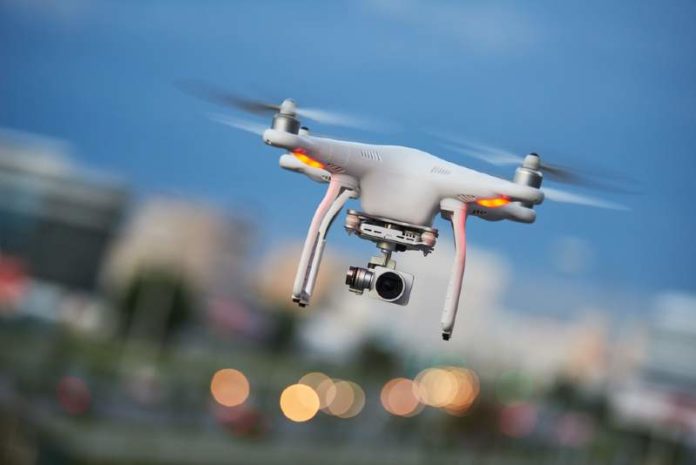Operating a drone safely requires patience and practice and keeping the drone’s footage safe is equally important. For many organizations, there is often more value in the actual footage they’re collecting than the drone itself, so it’s critical that small business drone operators understand how to best protect their drone’s data.
Drones are ideal for multiple use cases. Consider the building inspection industry. Instead of sending a team of investigators up tall ladders in precarious positions, a drone operator can instead fly up 20 stories and take clear pictures of a building from every angle. The investigative team is still of course necessary to review the footage and make recommendations, but they can do the job faster and safer with a drone. And in the age of COVID-19, the drone allows users to perform inspections with zero or limited human contact. An investigator does not need to pass by dozens of workers while worrying about personal protective equipment and exposure risks.
Here are some best practices for flying drones and managing captured data:
Practice, Practice, Practice
The first step for avoiding a crash and possibly losing data is to practice flying the drone. This means understanding the various controls for the drone, both in practice and principle. Find a flat treeless area to practice flying the drone, with an emphasis on speed control and soft landings. Learn how to keep the drone still and see how it flies differently with varying wind speeds. Give the drone a pre-flight inspection, like an airline pilot. Is one of the rotor wings damaged? Does something look bent after you had a rough landing? Practice allows you to grow accustomed to the drone’s normal operation, so you can quickly spot dangerous movements and shut it down before a crash.
Stay out of the Splash Zone
Avoiding water landings is crucial for drone operators. Even waterproof drones are at some risk from water damage, especially saltwater. Drone cameras send data to small SD cards which can hold a lot of data, but the cards themselves are susceptible to damage. Saltwater causes nearly instant oxidization on the card’s contacts which can ruin the data and prevent any type of recovery. Drone operators should take extra precautions flying over water. This includes using drones with auto-return features and having dozens of flights under their belt before getting near any bodies of water.
Properly Manage Storage Cards
Most high-end drones feature protective housings for the cameras and SD cards. They’ll typically survive a moderate crash, even if the rotors and other parts are damaged. Once the cards are pulled from the drone, they are much more vulnerable to damage. Keep them away from extreme heat, humidity, and dirt. Keep cards organized in secure containers when changing them out for a new card, and keep each card carefully labeled with each project name and date. Avoid swapping cards between different drones as each drone’s camera will format the card in unique ways and moving them can create errors. You should also avoid running the drone’s battery down, because that is a common cause for crashes, and the device might not record footage correctly on low battery.
Once the cards are removed from a flight mission, it is best to immediately download the video and photo data. Use a cloud service to back up the data and move it off the card. SD cards and the drone’s own internal storage are not meant for long-term storage, they’re just flying cameras. Create a data backup in the cloud to remove the risk of lost or damaged cards.
Used correctly, professional drones provide small business owners with a great tool for producing content, performing services such as inspections, and offering customers contactless delivery solutions. Drone operators should focus on human safety as their priority, and then concentrate on protecting drone data to get the most out of their business’s new tool.
Here are some additional tips for operating a drone safely and recovering vital data in the event of a crash:
- Register your drone with the FAA (when required by the agency’s guidelines)
- Survey the area you will be flying over and the camera shots you want before you take flight
- If a crash is imminent, turn the throttle to zero to prevent damage to the drone and reduce the risk of injury to other people or objects
David Zimmerman, CEO of LC Technology International, Inc., has been in the hardware/software industry for over 30 years, specifically in the data recovery software market for 18 years.
Drone stock photo by Dmitry Kalinovsky/Shutterstock







